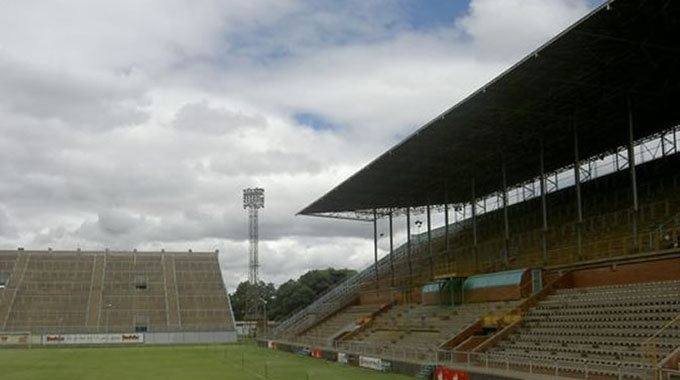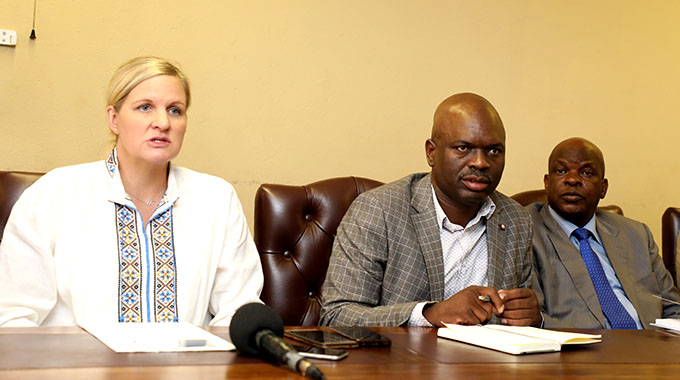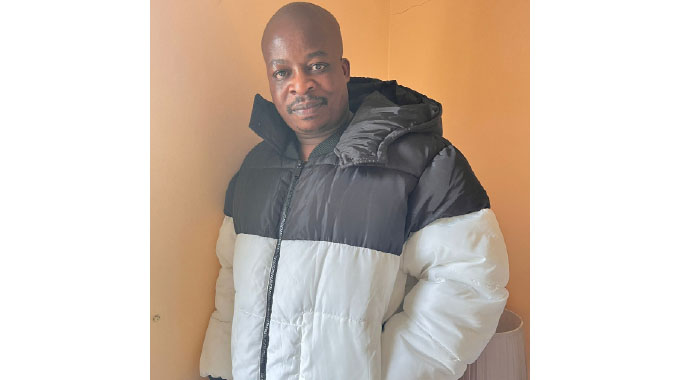Thirty years, same stadium, same council, same challenges

Robson Sharuko Senior Sports Editor
So, what were you doing in 1990?
Well, probably not yet born, if you are Marvelous Nakamba’s age, maybe just having been born, if you are Khama Billiat and Knowledge Musona’s age.
You were probably the Soccer Star of the Year, if you are either George Nechironga or Peter Ndlovu, or celebrating your team’s first league title, if you are a Highlanders fan.
Nelson Mandela was released from prison.

JK Rowling got the idea of writing Harry Porter, while on a train from Manchester to London, and transformed herself into a multi-millionaire author who, two years ago, was earning US$252 958 per day, US$10 539 per hour and US$176 per second.
Tim Berners-Lee created the first web server and the foundations of the World Wide Web. And, of course, if you are a Liverpool fan, you were celebrating your team’s 18th league title.
Little did you know that, 30 years later, the Reds would still be stuck on that tally of 18 league championships.
Some things just never change.
For Liverpool, just like for Rufaro, this year still feels like another throwback to the events of 1990.

Then, just like now, Rufaro was having a facelift and then, just like now, the city fathers were feeding the football community the same old lies.
And, then, just like now, even ZIFA were saying the stadium was in such poor shape they wouldn’t allow its use for competitive matches. In February, the Council declared Rufaro would be ready by the end of March and, it appeared, they might even have misled Parliament.
‘‘Housing and Community Services director, Mr Addmore Nhekairo, says Rufaro Stadium to be ready for Premier Soccer League games by end of March,’’ the Council said on a report carried on their official Facebook page. Mr Nhekairo was presenting oral evidence to the Parliamentary Portfolio Committee on Youth, Sport, Arts and Recreation on the state of the country’s stadia.
‘‘Mr Nhekairo said work began in 2017 with the removal of the artificial turf.’’
The report was accompanied by a quote from Nhekairo.
“So, during 2016 and 2017 the city deployed its resources at Rufaro for this job but this year the Town Clerk has put an interdepartmental team to work on the stadia. The last inspection of Rufaro Stadium for international matches was done four years ago.’’
But, this week, the Council has been singing a different song. But March came and went and, still, nothing appeared to have changed at both Rufaro and Gwanzura.
The country then went into lockdown, as part of measures by the authorities to contain the COVID-19 outbreak, and — given they had missed their target for the umpteenth time — the Harare City Council officials appeared to have found a reason to throw around to explain why they had not delivered as promised.
The announcement came in the first week of February, just a few days into the national lockdown.
“There is very minimal progress taking place at both Rufaro and Gwanzura at the moment,” Harare City Council spokesperson, Michael Chideme, told The Herald.
“In the initial stages of the lockdown, we had retained most of our workers at both stadiums. We had the material and resources but they have now run out and the industries which provide us are closed at the moment. We need so many special items for the renovations, which we had at first, but they have now run out as industries are closed.’’
In these days where virtually all the focus is on the battle against the Covid-19 pandemic, it’s easy to give the Council the benefit of doubt.
Of course, that is, until one goes back 30 years ago and realises it’s been the same old song.
‘‘One of Harare’s main football stadium, Rufaro, will not be used until next month,’’ The Herald reported on February 15, 1990. A spokesman for the City of Harare said on Tuesday that horticultural experts recommended that the turf at Rufaro should be given a lengthy period because it was over-used last year.
‘‘Rufaro was not used when the Super League soccer season kicked off last weekend. The match between Black Rhinos and Tanganda, scheduled for Rufaro, was switched to Gwanzura.
‘‘The stadium badly needed refurbishing.
‘‘When last year’s soccer season ended in December, some desert spots had mushroomed on the pitch. There was no grass at the centre and the surface was uneven near the goalposts and in some areas of the pitch.
‘‘This development has now forced the Zimbabwe Football Association to re-arrange all February fixtures which were destined for Rufaro. This weekend, for instance, Dynamos — which uses Rufaro as a home ground — have been forced to play their league tie against Darryn T at Gwanzura Stadium on Saturday.
‘‘When The Herald visited Rufaro Stadium yesterday, the turf was an even layer of grass covering but the deputy groundsman, John Nyazema, said there was still a lot of work to be done before teams can be given the greenlight. He said the main cause of damage to the turf as motor vehicles which are driven through and around the pitch, especially during the Independence Day and Workers Day celebrations.’’
Eight months later, another standoff between ZIFA and the Harare City Council exploded.
‘‘Despite assurances by the Harare City Council that Rufaro Stadium would be still open for soccer matches, the Zimbabwe Football Association said they would not reverse their decision to boycott the stadium next year,’’ The Herald reported on November 8, 1990.
‘‘ZIFA chairman Nelson Chirwa said yesterday his association were sticking to their decision not to use Rufaro Stadium next year until they were invited by the City Council to inspect the renovations being carried out at the stadium. Rufaro Stadium, which is owned by the City Council, was closed earlier last month to undergo a refurbishment exercise funded by the Greyhound Racing Association of Zimbabwe before the introduction of dog racing at the stadium this month.’’ Thirty years later, it appears, the more seasons have changed, the more things have remained the same at the Rufaro.











Comments